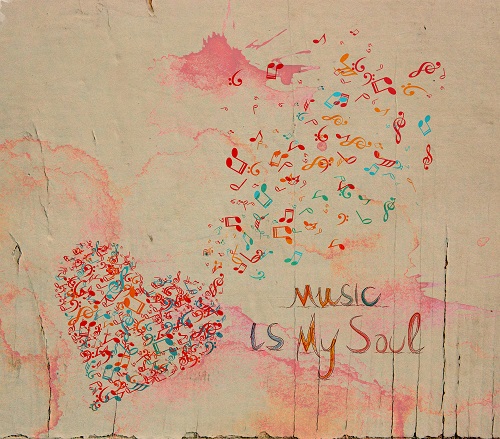Tro, musikalske røtter og anerkjennelse i en krysskulturell kontekst
DOI:
https://doi.org/10.7577/information.v8i1.3439Abstract
The article concerns the importance of recognizing one’s own and others’ musical roots. The point of departure is how experiences of discomfort can arise in situations where religious musical content is spontaneously brought into the classroom by music teacher students. The article is based on experiences from my own teacher education practice and qualitative data collected in connection with my doctoral project (Strøm, 2016). Interviews with young people who grew up in a cross-cultural context are the core of the article. These data are used to illustrate the relationship between religious beliefs and musical identities, and the challenges that some of these youths experience in the performance of their musical agencies. The article uses Stones’ (2005) structuration theory, called “strong structuration”, as a starting point to say something about the relationship between agent and structure. With this article, I would like to argue for the relevance of the term cross culture in a music education context and contribute to an increased understanding and recognition of pupils’ religious musical roots and identity in the music subject in primary school.

Downloads
Published
How to Cite
Issue
Section
License
Authors who publish with this journal agree to the following terms:
- Authors retain copyright and grant the journal right of first publication with the work simultaneously licensed under a Creative Commons Attribution License that allows others to share the work with an acknowledgement of the work's authorship and initial publication in this journal.
- Authors are able to enter into separate, additional contractual arrangements for the non-exclusive distribution of the journal's published version of the work (e.g., post it to an institutional repository or publish it in a book), with an acknowledgement of its initial publication in this journal.
- Authors are permitted and encouraged to post their work online (e.g., in institutional repositories or on their website) prior to and during the submission process, as it can lead to productive exchanges, as well as earlier and greater citation of published work (See The Effect of Open Access).